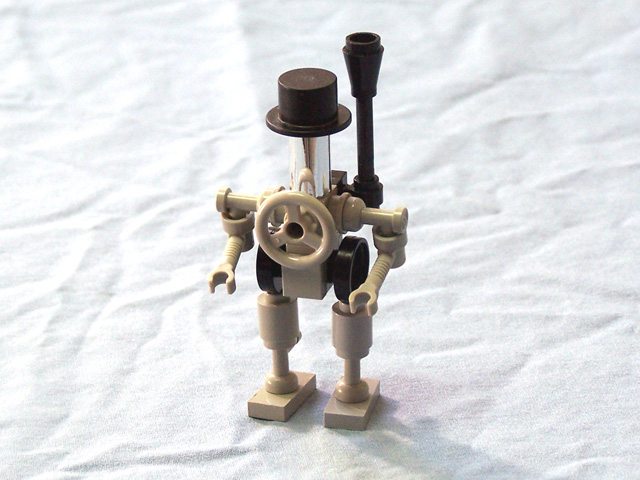
Here is a 2005 New York Time piece by Brent Staples on the story behind the Japanese film Gojira, and how it was re-worked into to American "Godzilla, King of the Monsters"
an excerpt:
Film directors who once stood helpless while studios recut their movies can now console themselves with "directors' cuts" put out on DVD. This option was not available to the influential Japanese director Ishiro Honda, whose 1954 classic "Godzilla" - known in Japan as "Gojira" - made a household name of the towering reptile who stomped a miniature Tokyo into the ground while raking the landscape with his fiery thermonuclear breath.
A fire-breathing reptile is pretty much the same in any language. But the butchered version of the film that swept the world after release in the United States was stripped of the political subtext - and the anti-American, antinuclear messages - that had saturated the original. The uncut version of the film is due out on home video early next year, and should push serious Godzilla fans to rethink the 50-year evolution of the series. It should also show them that they were hoodwinked by the denatured Americanized version that dominated many of their childhoods in the late 20th century. At the same time, Godzilla fans are on the edge of their seats about a new film that should be released in the United States soon.
The original "Gojira" was never intended as a conventional monster-on-the-loose movie. Nor did it resemble the farcical rubber-suit wrestling matches or the domesticated movies (with Godzilla cast as a mammoth household pet) that the series degenerated into during the 1960's and 70's.
As the historian William Tsutsui reminded us in last year's cult classic, "Godzilla on My Mind," the 1954 movie was a dark, poetic production that dealt openly with Japanese misgivings about the nuclear menace, environmental degradation and the traumatic experience associated with World War II.
The nuclear annihilations of Hiroshima and Nagasaki were still fresh in mind when the famous Toho Company embarked on the "Gojira" project in 1954. But Japanese fear of nuclear catastrophe was given fresh impetus in the spring of that year, when the United States detonated a huge hydrogen bomb at Bikini Atoll in the central Pacific. Japanese fishermen aboard a trawler were exposed to nuclear fallout. Japanese consumers panicked and declined to eat fish after irradiated tuna was found to have slipped into the nation's food supply.
In the film, the H-bomb blast awakens and irradiates a dinosaur that has somehow escaped extinction. The reptile strides ashore and begins his trademark devastation of the Tokyo landscape. The nuclear antecedents were not at all lost on Honda, a World War II veteran who passed through the bombed-out city of Hiroshima and witnessed the damage firsthand. Honda later said that he envisioned the fiery breath of Godzilla as a way of "making radiation visible," and of showing the world that nuclear power could never be tamed.
He also told an interviewer: "Believe it or not, we naïvely hoped that the end of Godzilla was going to coincide with the end of nuclear testing."
That was clearly a tall order for a monster movie. But Honda's message never had a chance because most of the world never received it. The American company that bought the rights to distribute the film in this country cut a large chunk from Honda's original film and rearranged the plot. . . .



